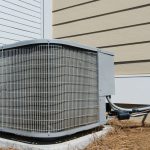
Common HVAC Terms You May Want to Know
Your air conditioning system has a lot of components, working parts and mechanisms with names that most people don’t use on a daily basis. While your consultant should make sure you understand everything, having a grasp on the terminology will help you make the best decision for your home.
You may hear several different terms when a technician or sales consultant is referring to your air conditioning system, but one of the used most widely used around the industry is HVAC. HVAC stands for heating, ventilation and air conditioning. It’s a system that not only heats and cools your living space, but also replaces the existing air in order to rid your home of moisture, dander and smells.
There are different types of HVAC systems used for heating, cooling or both. A Heat Pump is a popular option in north Florida and south Georgia that heats or cools your home by transferring heat in the unit itself, to your home. If you have a standard air conditioner that doesn’t reverse its cycle to also heat your home, then you may also have a furnace to heat your house.
Here are some of the key parts and terms to help you better understand how your HVAC system works.
Parts
Refrigerant is a fluid chemical that is used to create a cooling effect. Many people refer to their refrigerant as Freon, but Freon is a proprietary name used in place of several different brands of refrigerant, but is in the process of being phased out, due to its harsh environmental effects. Puron is an environmentally sound refrigerant that is replacing Freon.
The Evaporator Coil or Indoor Coil is the part of your HVAC system that dehumidifies your air by converting liquid refrigerant into gas, and absorbing heat from the air. Conversely, the Condenser Coil or Outdoor Coil converts refrigerant in gas form back to liquid and sends the heat carried by the refrigerant outside. The two coils are connected by your Refrigerant Lines.
If you have a heat pump system, you may also have a Fan Coil, which is used in place of a furnace to provide additional heating on cold days when the heat pump does not provide adequate heat for your entire house.
Another key part of your HVAC unit is the Compressor, which controls the pressure applied to the refrigerant, taking in heat to warm your home or getting rid of heat to cool your home. The Air Handler forces the hot or cold air through your home’s Ductwork, which transfers air to your vents and into your home. Sound ductwork is one of the most important components of your home’s HVAC system.
There are ways to control the air that enters your home, most notably by using a Thermostat and Dampers. Your thermostat both monitors and controls your HVAC system, and regulates the temperature of your home as it responds to the settings you control. Dampers are valves that may be used in ductwork, opening and closing to control airflow, allowing you to heat or cool certain areas of your home if needed.
Heating, Cooling and Efficiency Terms
If you’re trying to determine the heating and cooling requirements of your home, you may get a Load Estimate. A load estimate analyzes information such as the square footage of your home, windows, doors, insulation and the climate to determine the heating and cooling capacity needed by your system.
Capacity is the ability of your HVAC system to heat or cool your space. In larger homes, some people choose to control when and where heating and cooling occurs in specific areas by Zoning, which is a way to increase your home’s comfort and energy efficiency.
Your Operating Cost measures the day-to-day cost of running your heating and air conditioning system. A Payback Analysis is the overall measure of the efficiency and value of your system. By combining the purchase price of your HVAC system and ongoing operating costs, a payback analysis determines the number of years you must use your system before monthly energy savings offset the purchase price.
You may have an ENERGY STAR certified HVAC Unit appliance. ENERGY STAR is a program that helps you protect the environment and save costs by using energy-efficient products. That means your system is generally more environmentally friendly and less expensive than products without this rating.
Acronyms
There are plenty of acronyms you may hear during a conversation about your HVAC system. One of the most common is BTU, which stands for British Thermal Unit. This is the measurement of heat given off when fuel is combusted or heat extracted from your home when it is cooled. Your unit’s capacity is measured by BTUs or a Ton, which is 12,000 BTUs per hour.
Another often-used acronym is a SEER Rating. SEER stands for Seasonal Energy Efficiency Ratio and is the measurement of how efficient your air conditioner or heat pump is. The higher the SEER number, the more efficient your HVAC system is at converting electricity into cooling power.
IAQ stands for Indoor Air Quality. This refers to the cleanliness of the air in your home, and factors in pollen, mold, humidity and volatile organic components found in your home’s air.
You also may have heard of MERV, Minimum Efficiency Reporting Value, which measures the efficiency of an air filter, on a scale of 1 (least efficient) to 16 (most efficient). Specifically, it’s the measurement of the filter’s ability to remove air particles of different sizes.
Lastly, you may have noticed the UL logo on components and appliances associated with your HVAC system. UL is an objective, nonprofit organization that tests, rates and certifies electrical products for our safety.
If you need assistance with your HVAC system, or just want to learn more about your heating and cooling options, contact us today at (850) 580-4029 in north Florida or (229) 495-6599 in south Georgia.




